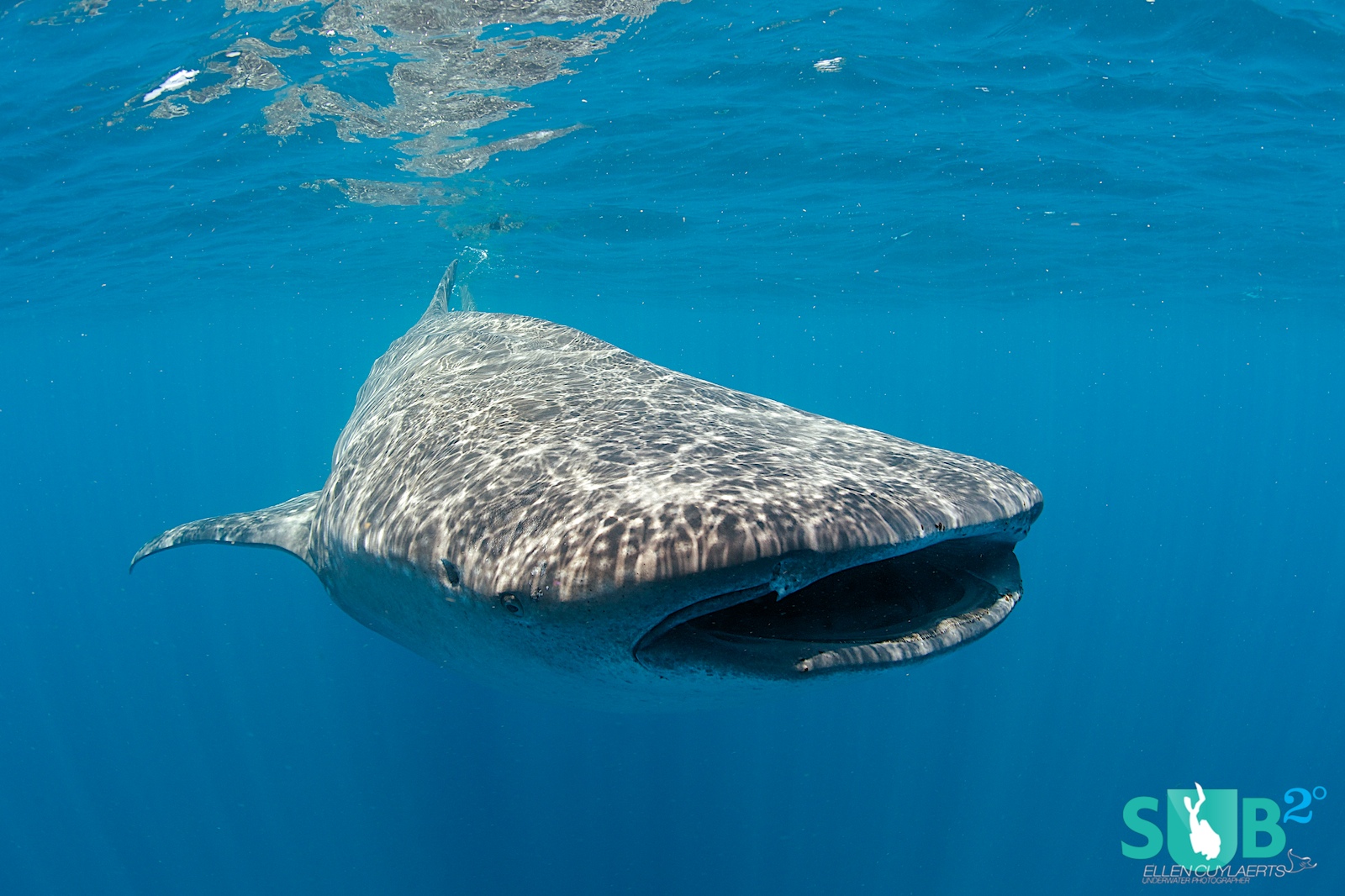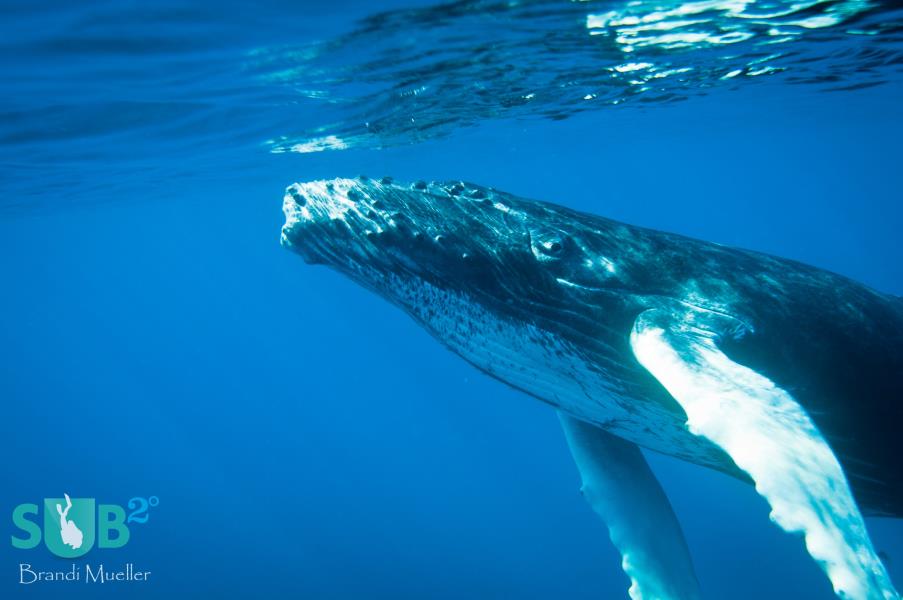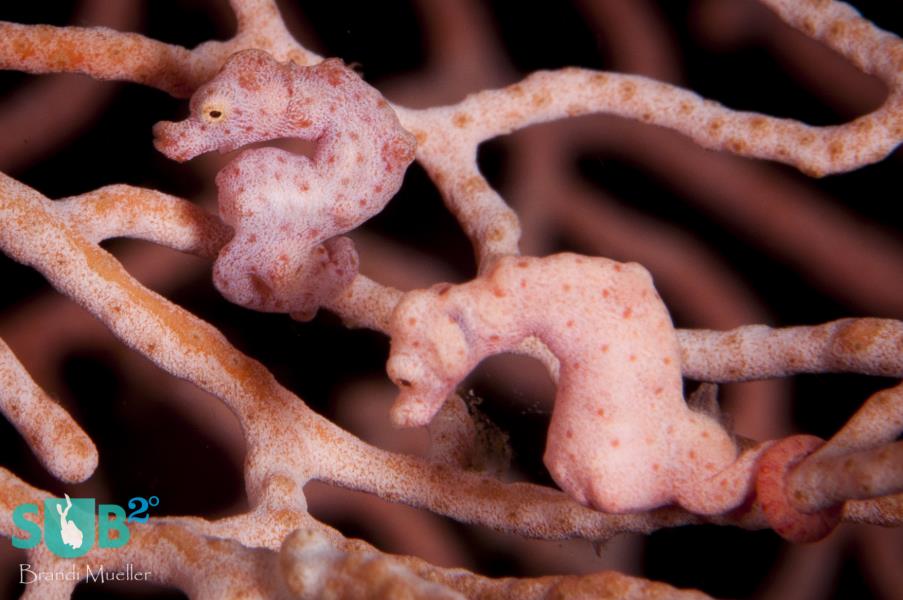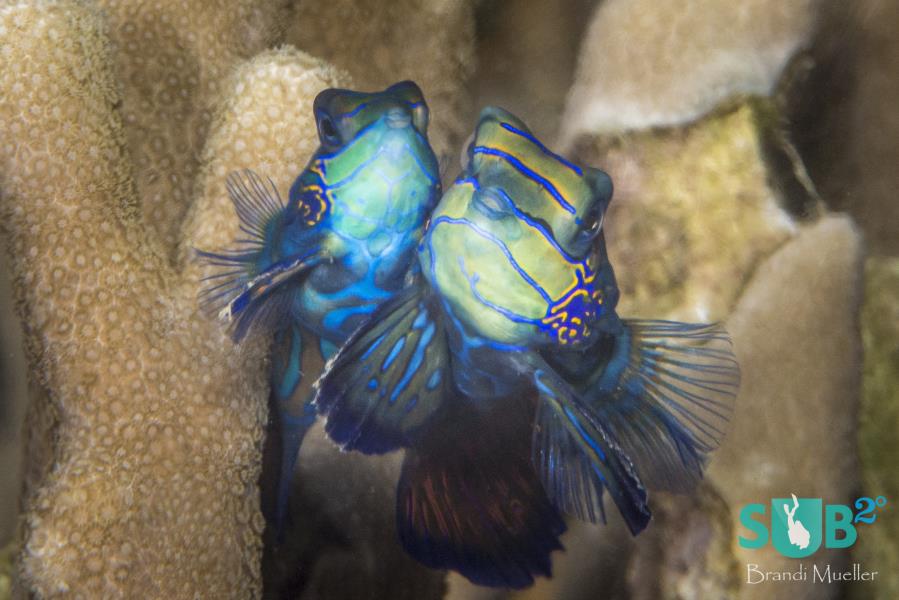-

Whale Shark
Swim with majestic whale sharks at Isla Mujeres, Mexico -

Whale Shark Encounters
Encounters with the largest fish - and shark- in the world!
Whale Sharks: The Misunderstood Giants
Rhincodon typus, more commonly known as whale sharks, are the largest fish in the ocean, reaching lengths of 18 to 32.8ft (5.5 to 10m). Despite their massive size, whale sharks are benign creatures, feeding mostly on planktonic (microscopic) and nektonic (larger free-swimming) animals. Luckily for us, this means they won’t be targeting humans any time soon.
How They Feed
Whale Sharks use a suction filter-feeding method, unlike the slow forward motion of the basking shark. The suction filter-feeding method allows the whale shark to capture faster moving organisms than the basking shark; however, the whale shark requires denser aggregations of prey due to the short suction intakes. With a mouthful of food, the whale shark closes its mouth and opens its gill flaps to expunge the water. Its prey is then trapped against a fine sieve-like apparatus, which is a unique modification of the sharks’ gill rakers. This sieve obstructs the passage of anything but fluid, retaining all organisms above 2 to 3mm in diameter.
If you are ever fortunate enough to witness this shark feeding, you may observe ‘coughing’, which is thought to be a mechanism to clear the modified gill rakers of accumulated food particles. Mostly feeding near the surface at dusk or after dark, the whale shark uses olfactory cues to help zone in on prey. The whale shark has small eyes that are located on the sides of the head. It is theorized that, because of this, vision plays a much smaller role than olfaction in feeding.
How To Recognize One
The whale shark is characterized by its streamlined body and its wide, flat head with a blunt snout. Its huge mouth is almost at the tip of the snout extending 5ft (1.5m) wide, and can contain more than 4,000 tiny teeth. The shark has five very large gill slits, two dorsal fins set posteriorly on the body, and a two lobed, semi-lunate caudal fin.
One of the most distinctive things about the whale shark is its coloration. It has a ‘checkerboard’ color pattern with light spots and stripes on top of a 4in (10cm) thick grey skin with a white belly. Remarkably, whale sharks are estimated to live for 60-100 years.
Where To Find Them
During the summer months, the southeast waters of Taiwan have become known as the whale sharks’ breeding grounds. Being an ovoviviparous fish, whale sharks give birth to live young. The young pups develop in an egg case in the mother’s uterus. One female whale shark can carry up to 300 pups at a time, and store sperm to fertilize embryos if males are not present. Measuring 23.4in (59.5cm) at birth with a sex ratio of 1:1 the whale shark pups head off into the world.
Whale sharks have a large worldwide distribution, occurring in all tropical and temperate seas with the exception of the Mediterranean. Studies have shown that these sharks prefer warm waters with the surface temperature around 70-86º F (21-30º C), which tend to be rich in plankton production. This shark species is pelagic, living in the open sea. It is hypothesized that the whale shark is a migratory species, but there is no direct evidence to support this idea. However, the movements due tend to be related to local productivity, where different geographical locations are preferred at certain times of the year. Generally, whale sharks are seen as solitary animals, but on occasion, groups of 100 or more animals have been seen. This evidence suggests that schooling does occur periodically.
Dangers They Face
Unfortunately, whale sharks are very susceptible to overexploitation due to their large size, slow growth, late maturation and extended longevity. Because of this, whale sharks are now protected in several countries, including Belize, Mexico, Honduras, the Maldives, Australia, the Seychelles, India, and the Philippines. Overfishing, in the Indo-Pacific region in particular, has had a major impact on this species. They are caught primarily for their meat, liver oil to waterproof boats, and for their fins that are used as status symbols. Whale sharks are considered Vulnerable to Extinction by the International Union for the Conservation of Nature (IUCN) and are listed on Appendix II of the Convention on the International Trade in Endangered Species of Flora and Fauna (CITES), which helps to regulate fishing and tourism.
Featured Posts
-

Humpbacks of the Silver Bank
Nothing compares to being in the water with a 40 foot humpback whale. These beautiful and graceful animals are nothing short of amazing. The Silver Bank is a winter gathering place for humpbacks and more recently, snorkele...
-

On Seahorse Love
When boy meets girl in the world of seahorses a beautiful and often extensive courtship occurs. They change colors and entwine their tails. Then they rise off the seafloor and the female deposits her eggs into the male’s p...
-

Mandarinfish-The Courtship Dance
On the reefs of the Pacific, twilight marks the beginning of the mandarinfish courtship dance. A male begins dancing, and if he’s desirable, an interested female will join. Just before the sun sets, the two fish will rise u...




Load more comments